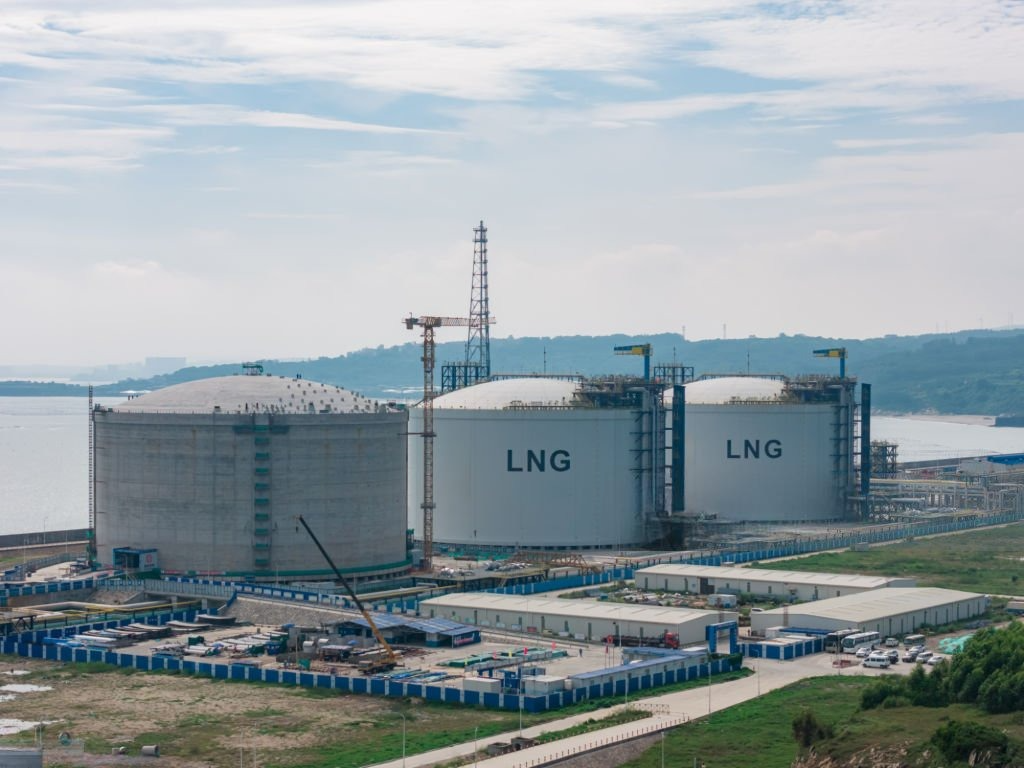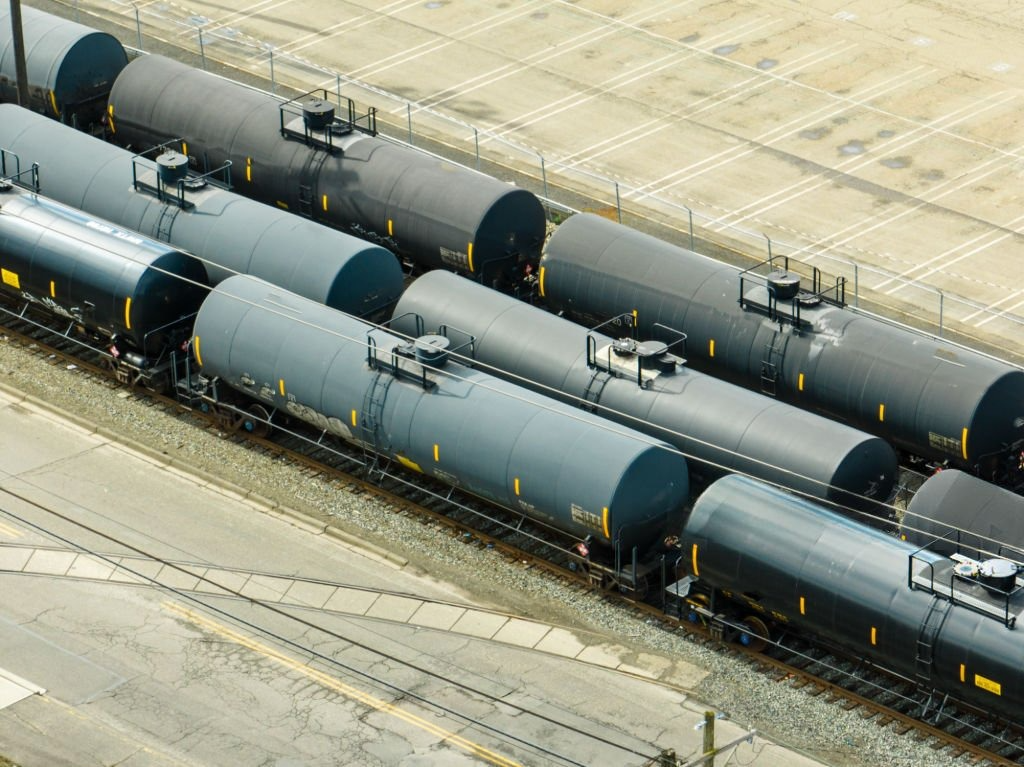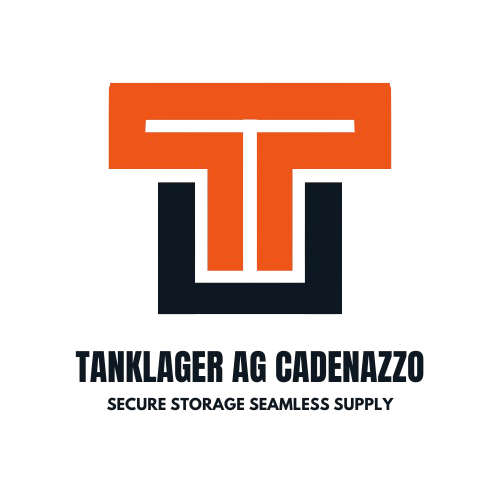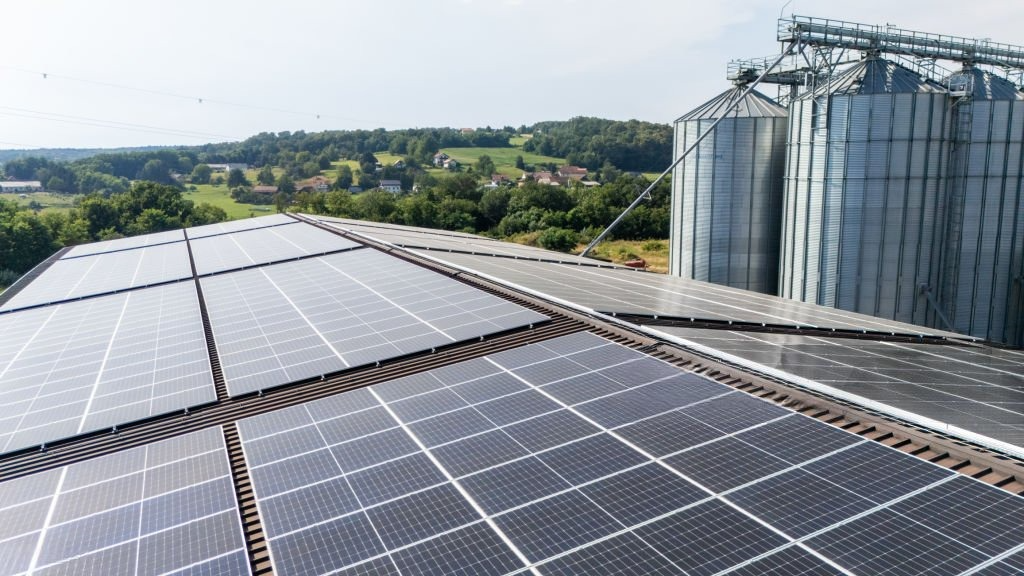
Why Tanklager is Prepping for H₂ Blending by 2025
In Q1 2025, Tanklager AG plans to test blending 5% hydrogen into our liquid fuel systems. With this dual-use infrastructure, we will be among the first storage operators in Europe prepared to handle both conventional hydrocarbons and renewable gases. Before a full-scale rollout, we aim to confirm hydrogen compatibility across loading manifolds, seals, and pressure containers. At the current blend ratios, preliminary testing shows no corrosion or material degradation.
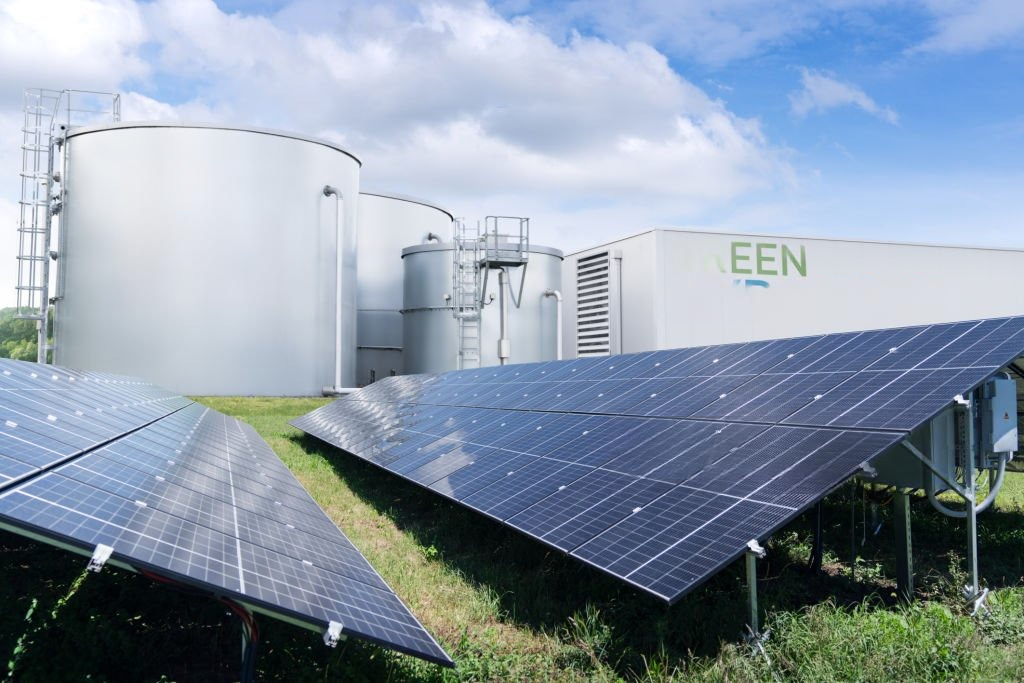

Ahead of the Curve with EU-Backed Innovation
Tanklager is already fielding readiness at scale, and the EU Hydrogen Bank is spending €3 billion on infrastructure. Throughout our Ticino site, we have installed SCADA-integrated control rooms, H₂-ready compressors, and saltwater battery systems. Our operational advantage provides clients with quicker onboarding and regulatory compliance when compared to Shell’s 2026 schedule. For our partners, this proactive approach guarantees quicker permits, less CAPEX, and superior market access.
trusted expertise
Cryogenic storage advisors and hydrogen systems experts with experience in EU Horizon and HyDeal projects are part of our engineering team. Their knowledge guarantees that we can quickly and safely meet the safety and technical requirements of hydrogen storage.
innovating ideas
We believe the energy transition starts with infrastructure. By investing in H₂-blendable tanks and saltwater battery backup, we’re reimagining what terminals can do and setting the blueprint for storage in a decarbonized Europe.
Hydrogen as a $20B Opportunity
By 2030, the global market for hydrogen storage is expected to reach $20 billion, according to a 2024 McKinsey analysis. The goal of Tanklager’s investment strategy is to shape safety and blending standards while securing early value. We’re ensuring the supply chain is prepared when fuel traders and national grids start requesting logistics that are compatible with hydrogen. Long-term benefits and reduced emissions are closely correlated with our first-mover advantage.
